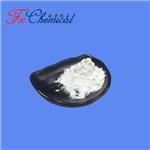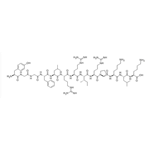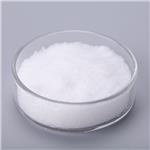Description
Dynorphin A(1-13), a tridecapeptide of the endogenous opioid peptides, has modest effects in reducing mild opiate withdrawal in humans. Previous studies revealed that dynorphin also potentiates the analgesic effect of morphine in morphine-tolerant rats and mice. The therapeutic potential of dynorphin A(1-13) is limited due to extensive metabolism by human metabolic enzymes resulting in an in vivo half-life of less than one minute. Chemical modifications of dynorphin A(1-13), such as N-methylation of Tyr1 and amidation of the C-terminus have been shown to be effective in protecting against the proteolytic enzymes in human plasma
[1].
Application
Dynorphin A (1-13) has been used as a test compound in the field asymmetric waveform ion mobility spectrometry coupled to mass spectrometry (FAIMS/IMS/MS).
Biochem/physiol Actions
Dynorphin A (1-13), a bioactive product of dynorphin A displays interaction with N-methyl- D-aspartate (NMDA) as well as with opioid receptors. It elevates intracellular calcium [Ca
2+]i level and contributes to the loss of neurons affecting neuronal viability.
References
[1] B BRUGOS; G H. Metabolism of dynorphin A(1-13).[J]. Pharmazie, 2004.




